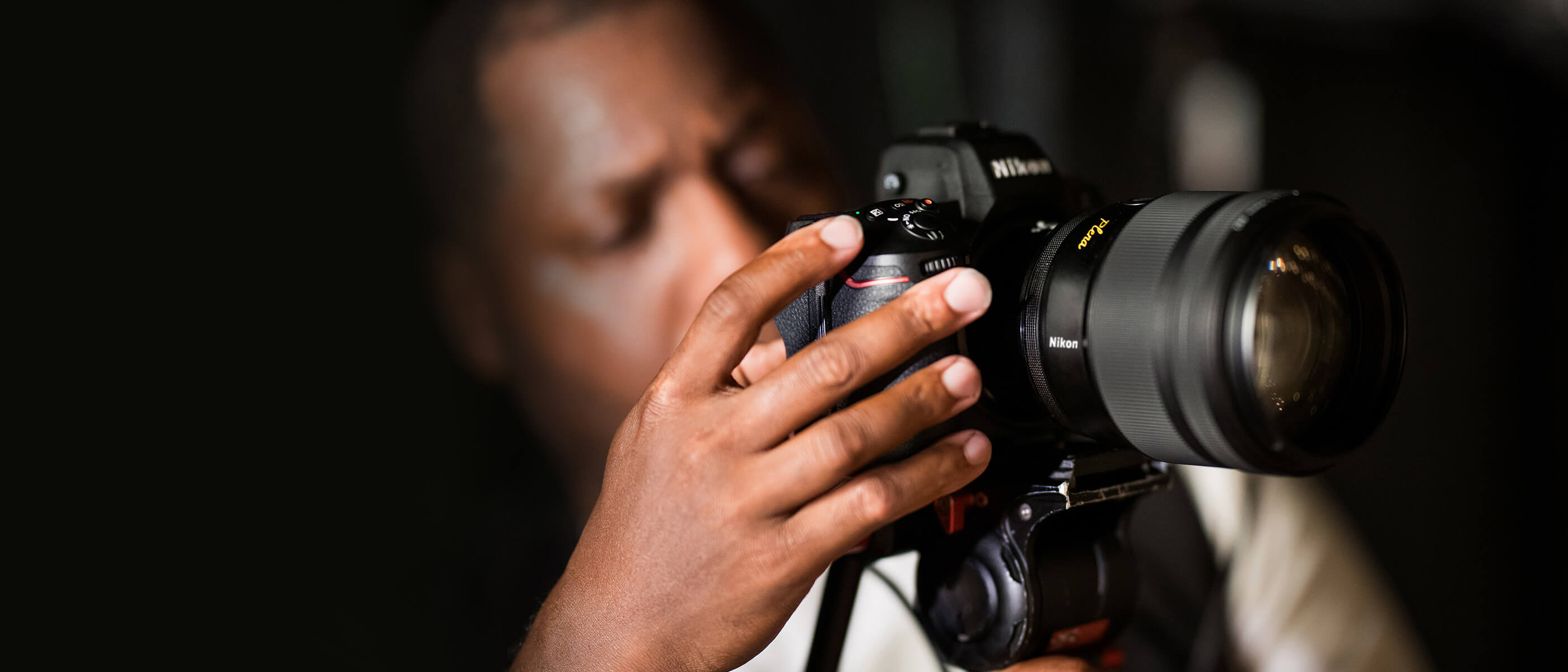Camera Lenses

Excellence in every lens,
from our first to your next.
Uncompromising optical quality.
Our legacy defines our future.
For almost a century, Nikkor has stood for innovation, precision, and uncompromising optical quality. This legacy of excellence informs everything that we do–now and into the future.
Nikkor History
